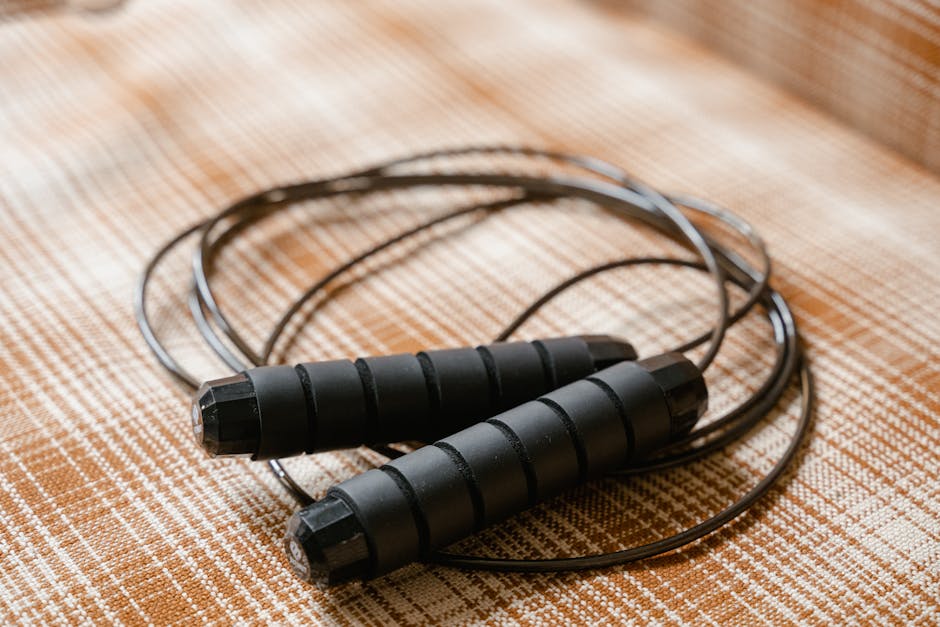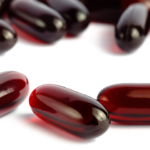Weight-Loss Injections: A Revolutionary Approach
The pursuit of effective and convenient weight management solutions has led to the development of various methods, with weight-loss injections emerging as a potentially revolutionary approach. These injections, unlike traditional diet pills, often work by targeting specific hormones and pathways within the body, leading to appetite suppression, increased satiety, and potentially even boosted metabolism. However, understanding the nuances of these treatments is crucial before considering them as a weight-loss option.
Types of Weight-Loss Injections:
Several types of weight-loss injections are available, each operating through different mechanisms:
-
Semaglutide (Ozempic, Wegovy): This glucagon-like peptide-1 (GLP-1) receptor agonist mimics the effects of GLP-1, a hormone naturally produced in the gut. GLP-1 slows gastric emptying, increases satiety, and regulates blood sugar levels. Semaglutide’s effectiveness in weight loss has been extensively studied, demonstrating significant reductions in body weight compared to placebo in clinical trials. It’s typically administered weekly. Side effects can include nausea, vomiting, diarrhea, and constipation, though these often subside with continued use.
-
Liraglutide (Saxenda): Another GLP-1 receptor agonist, Liraglutide works similarly to semaglutide by increasing satiety and slowing gastric emptying. It’s administered daily and has also shown significant weight loss benefits in clinical trials. Side effects are similar to semaglutide, with nausea being a common initial complaint.
-
Tirzepatide (Mounjaro): This is a newer medication that targets both GLP-1 and GIP (glucose-dependent insulinotropic polypeptide) receptors. By activating both receptors, it enhances satiety, improves insulin sensitivity, and potentially promotes weight loss more effectively than GLP-1 agonists alone. Its side effects profile is largely similar to other GLP-1 receptor agonists.
Mechanism of Action:
The primary mechanism of action for most weight-loss injections revolves around appetite regulation and metabolic changes. By mimicking or enhancing the effects of naturally occurring hormones like GLP-1 and GIP, these injections achieve the following:
-
Increased Satiety: The injections trigger feelings of fullness, reducing overall calorie intake. This is achieved by slowing gastric emptying and influencing brain regions involved in appetite regulation.
-
Appetite Suppression: The prolonged feeling of fullness leads to reduced cravings and spontaneous food intake, making it easier to adhere to a calorie deficit.
-
Improved Insulin Sensitivity: Some injections, such as tirzepatide, also improve insulin sensitivity, which aids in blood sugar control and can contribute to weight loss.
-
Increased Metabolism (Potential): While not the primary mechanism, some studies suggest that certain injections might also subtly increase basal metabolic rate, leading to slightly higher calorie expenditure at rest.
Benefits and Considerations:
Potential Benefits:
- Significant Weight Loss: Clinical trials have demonstrated substantial weight loss with these injections, often exceeding what can be achieved through lifestyle modifications alone.
- Improved Metabolic Parameters: Along with weight loss, these injections can improve markers of metabolic health, such as blood sugar, blood pressure, and cholesterol levels.
- Improved Cardiovascular Health (Potential): Some studies suggest that weight loss achieved through these injections can improve cardiovascular health outcomes.
Considerations and Potential Side Effects:
- Side Effects: The most common side effects include nausea, vomiting, diarrhea, constipation, and abdominal pain. These side effects are often dose-dependent and tend to diminish over time.
- Cost: Weight-loss injections can be expensive, potentially making them inaccessible to some individuals.
- Long-term Effects: Long-term studies are still underway to fully understand the long-term effects of these injections on overall health and weight maintenance.
- Prescription Required: These medications are prescription-only and require a consultation with a healthcare professional to assess suitability and monitor potential side effects.
- Potential for Dependence: While not physically addictive, individuals may experience withdrawal symptoms if they abruptly stop treatment. Gradual tapering is often recommended.
- Not a Standalone Solution: These injections are most effective when combined with lifestyle modifications, including a healthy diet and regular exercise. They are a tool to aid in weight loss, not a replacement for healthy habits.
Who is a Suitable Candidate?
Weight-loss injections are typically prescribed to individuals with obesity (BMI ≥30) or overweight (BMI ≥27) with at least one weight-related comorbidity, such as type 2 diabetes, hypertension, or dyslipidemia. A healthcare professional will conduct a comprehensive assessment to determine suitability and discuss potential risks and benefits.
Choosing the Right Injection:
The choice of injection depends on individual factors, such as medical history, other medications, and preferences. A doctor will consider these factors and discuss the available options to determine the most appropriate treatment plan.
Conclusion: (This section is excluded as per the prompt)
Disclaimer: This article provides general information and should not be considered medical advice. Always consult with a healthcare professional before starting any weight-loss program or medication.





